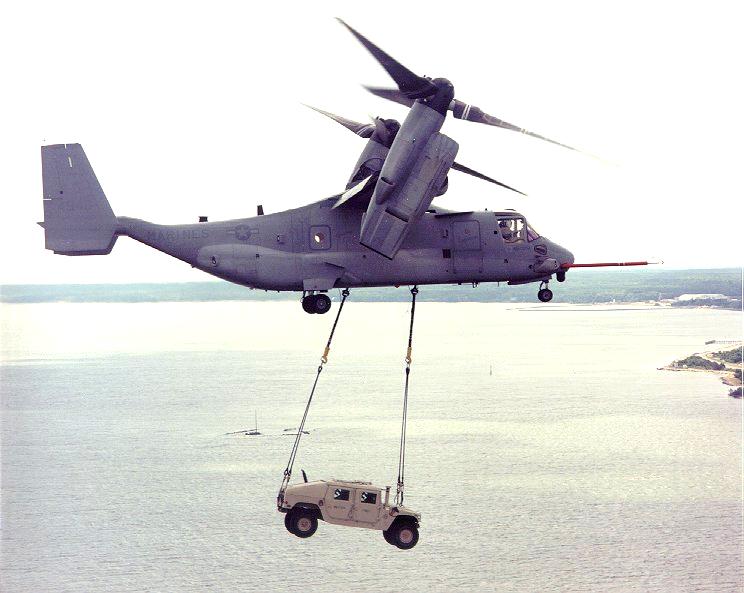I was having a discussion with a mate the other day regarding helicopter speed, or rather their top speeds. I argued that the top speed would limited by the fact the rotor blade that was moving away from the direction of travel [if the blades were rotating clockwise as viewed from above this would be the righthand side] would eventually generate negative lift as the air passing over it would be faster than it's rotaional speed. At this point I supposed the aircraft would flip over.
Later, I thought about it and reckoned you could get around the problem by having two counter-rotating blades on the same prop shaft, but then I thought this would have been tried before if it was feasable.
Anyway, my question is, if indeed this is a problem, are there any ways to overcome it.
Hope I've explained what I'm on about...
Cheers,
Shab.
Later, I thought about it and reckoned you could get around the problem by having two counter-rotating blades on the same prop shaft, but then I thought this would have been tried before if it was feasable.
Anyway, my question is, if indeed this is a problem, are there any ways to overcome it.
Hope I've explained what I'm on about...
Cheers,
Shab.

 When you say counter acting rotors on the same drive, is this not the same technology used on the Chinook (excuse spelling). The fact that the rotors are going in the opposite direction means there is no need for a tail rotor.
When you say counter acting rotors on the same drive, is this not the same technology used on the Chinook (excuse spelling). The fact that the rotors are going in the opposite direction means there is no need for a tail rotor.









Comment